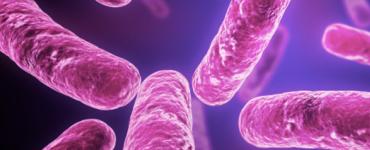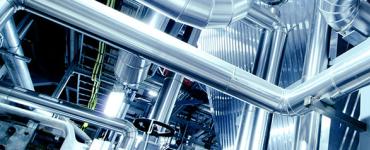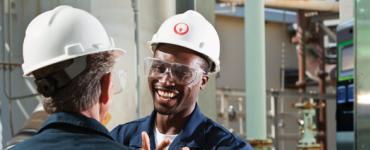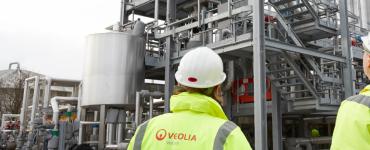- Home
- Case Studies
- Veolia Water Technologies helps improve the performance at Plymouth Wastewater Treatment Works
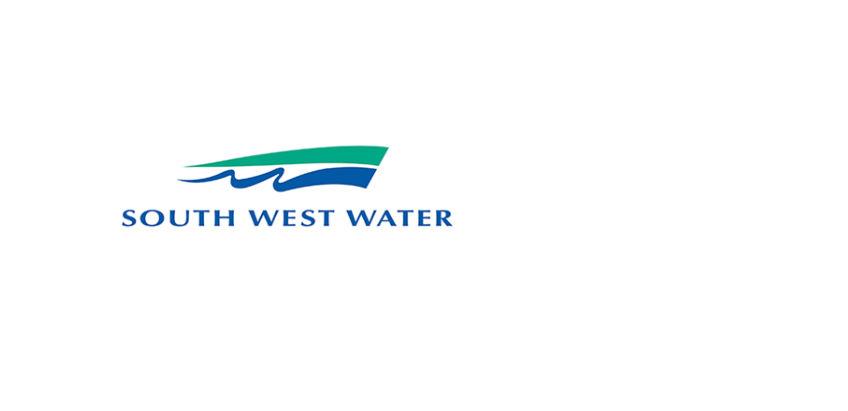
Veolia Water Technologies helps improve the performance at Plymouth Wastewater Treatment Works
Successful treatment of sludge liquors using AnoxKaldnes™ MBBR solution.
Client Needs
The key driver at Plymouth Wastewater Treatment Works was to provide increased capacity and to reduce the dissolved organic content of the liquors. At Plymouth Wastewater Treatment Works primary and return biological solids are co-settled in a chemically assisted lamella settler. This settled sludge is dewatered by centrifuges and the centrate liquors are combined with the incoming sewage for settlement in the lamella. There is a significant concentration of dissolved organic matter in the return liquors which is not removed in the primary process and leads to an increased load to the down stream Biological Aerated Flooded Filter (BAFF).
Our Solution
The Veolia design solution for Plymouth Central STW involved treatment of sludge liquors with VWT AnoxKaldnes™ MBBR technology. In order to improve the performance of the existing works and to cater for future increases in loads, a side-stream liquor treatment plant “MBBR” has been installed. Veolia Water Technologies scope includes installing Blowers, aeration systems, media retention sieves and ‘high efficiency’ plastic media.
The Result
Primary and return biological solids are co-settled in a chemically assisted lamella settler. The settled sludge is dewatered by centrifuges. An existing sump has been converted to a balancing tank, providing an operating volume of 176m3. A balanced flow is pumped to the MBBR which consists of a single rectangular tank divided into two cells arranged in series. The 2 cell reactor configuration offers additional removal efficiency and provides significant process security. The MBBR process is a fixed film system and consequently provides a level of resilience to shock and toxic loads potentially present in this type of effluent stream. The MBBR effluent is returned to the inlet works.

